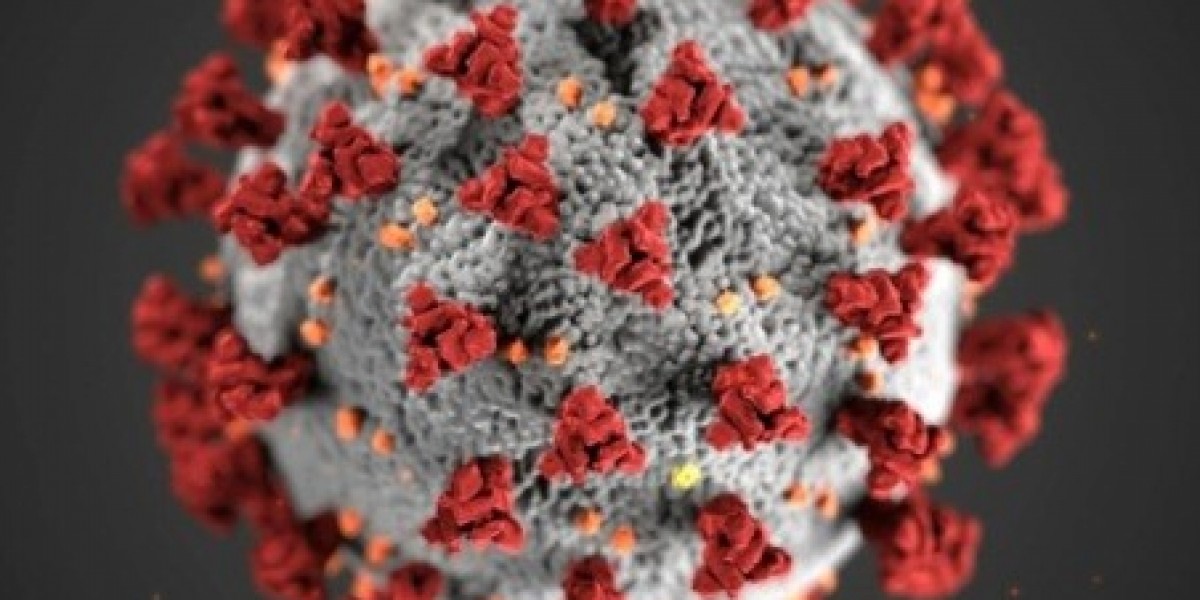Understanding Nasogastric Tubes: A Lifeline in Modern Healthcare
In the landscape of medical interventions, some tools may seem simple, yet they carry profound significance. One such unsung hero in the healthcare world is the nasogastric tube (NG tube). While it might not make headlines like robotic surgery or gene therapy, the nasogastric tube has saved countless lives and continues to play a pivotal role in patient care. If you've ever had a loved one in the hospital or been through a serious illness yourself, there's a chance you've come across this slender, flexible tube.
So, what exactly is a nasogastric tube, and why is it such a crucial component of modern medicine?
What is a Nasogastric Tube?
A nasogastric tube is a thin, flexible tube inserted through the nose, passing down the esophagus, and reaching the stomach. It may sound daunting at first, but it’s a carefully performed medical procedure carried out by trained professionals. NG tubes are used for a variety of reasons — primarily to deliver nutrition, administer medication, or drain stomach contents.
They serve as a temporary solution for patients who cannot eat or drink normally due to illness, surgery, or injury. Whether it’s a patient in the ICU recovering from a stroke or a child suffering from severe gastrointestinal issues, nasogastric tubes become a quiet but vital support system.
Why Are NG Tubes Used?
Let’s bring this into a real-life context.
Imagine an elderly patient named Mr. Mehta who suffered a severe stroke. The stroke affected his ability to swallow, raising the risk of choking or aspiration if he tried to eat or drink. In such cases, doctors insert an NG tube so Mr. Mehta can receive nutrients, fluids, and medications directly into his stomach while his body recovers.
The reasons for using NG tubes include:
Nutritional support when a patient cannot eat by mouth
Gastric decompression to remove air, blood, or fluids in conditions like bowel obstruction
Medication administration when oral intake is impossible
Gastric lavage in cases of poisoning or overdose
In essence, NG tubes are life-sustaining in critical scenarios.
The Human Side of the Tube
Behind every nasogastric tube is a story. Whether it’s a premature baby fighting for life in the neonatal ICU, a cancer patient struggling with chemotherapy side effects, or a post-operative patient needing temporary digestive rest — NG tubes offer relief and time to heal.
Healthcare workers, especially nurses, play an enormous role in this journey. They gently insert, secure, and monitor NG tubes, while also offering reassurance to anxious patients and family members. The insertion might be uncomfortable, often triggering a gag reflex or a feeling of unease, but with compassion and expertise, care teams help patients adjust.
Families also play an important role — learning how to support their loved ones with NG tubes, ensuring proper hygiene, and advocating for their comfort.
Different Types and Sizes
NG tubes come in different types and sizes, tailored to patient needs. The two most commonly used types are:
Levin tube: A single-lumen tube primarily used for feeding and medication.
Salem sump tube: A double-lumen tube used for suction and drainage, preventing stomach lining damage.
Pediatric and adult patients require different diameters and lengths, and the choice of tube is always made based on medical necessity and patient safety.
Challenges and Considerations
As helpful as they are, nasogastric tubes come with challenges. Prolonged use can cause nasal irritation, sinusitis, or even accidental displacement. That’s why continuous monitoring is essential.
Moreover, emotional discomfort shouldn't be underestimated. Some patients feel self-conscious or anxious about having a tube on their face, especially in social situations. This is where empathetic care matters. By involving mental health professionals or encouraging peer support, hospitals can make the experience less isolating.
Moving Forward: Innovations in NG Tube Use
In recent years, advancements in materials, design, and placement technology have made NG tubes more comfortable and safer. Some innovations include:
pH-sensitive tips to verify correct placement without X-rays
Antimicrobial coatings to reduce infection risk
Wireless sensors that monitor feeding and aspiration
These improvements aim to reduce complications and make NG tube use more efficient — further emphasizing their value in acute and chronic care settings.
Browse More Reports:








